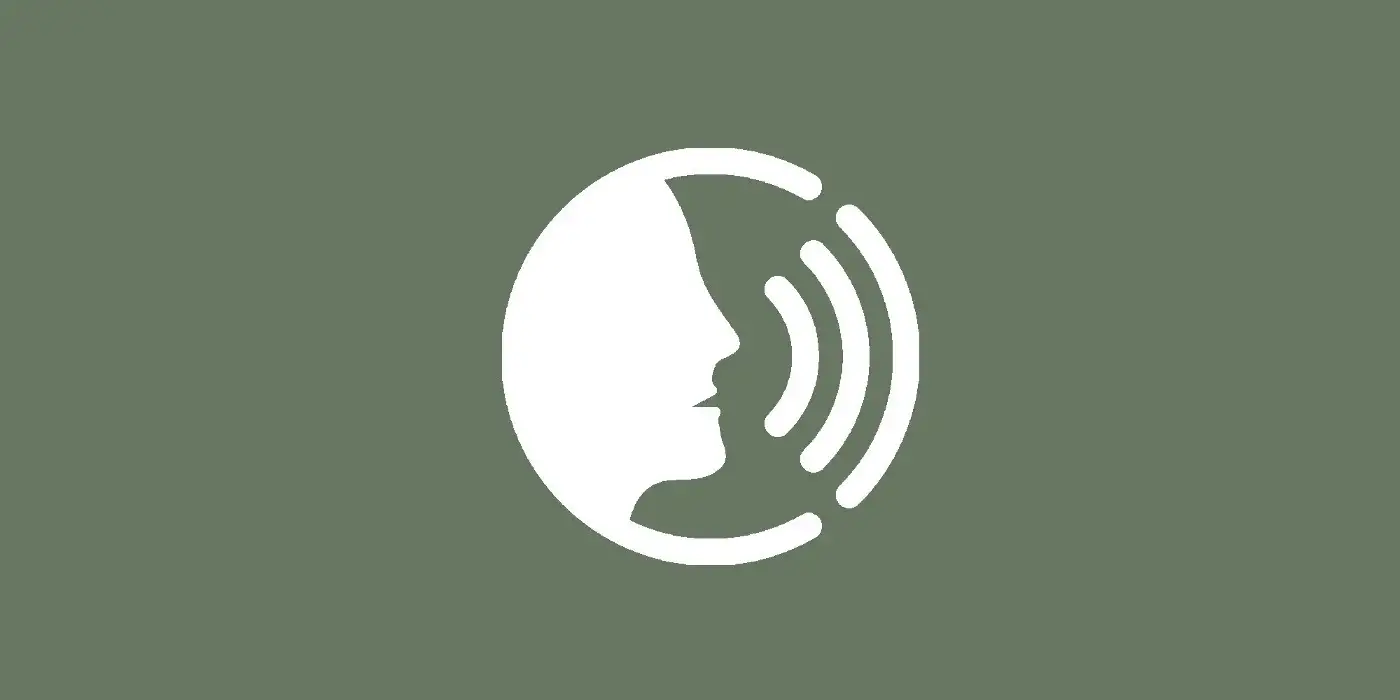
It doesn’t even involve a special kind of product, but it does entirely hinge on your relationship to the product. Eight years ago, I was a beginner programmer with little technical experience and no business acumen whatsoever. I had built no interactive websites, published no viral apps and written no recondite articles on software architecture. What I had was a desire to play fantasy football and an annoyance with the nature of the existing games at the time. I had no industry experience, no connections and no realization that I needed them. Yet, I built a fantasy website of my own, ran it successfully for 4 years, and then sold it. How in the world did that happen?
Well, what turned out to be special about this whole thing was that I had instinctively grasped the importance of three things:
- Dedicating a whole lot of my free time to the project. Not able to afford professional sports statistics? Need time to develop a reliable scraping solution? Can’t afford to pay someone to enter the statistics for you? No problem! Simply spend every weekend following games and entering every single statistic into the back-end manually, as it happens. Game starting at 9PM but it’s your friend’s birthday? You arrive at the party at 11:30. Game in progress but your mom is calling? Enter statistics with one hand while you hear about your aunt’s surgery. No excuses. Eventually I built an automated system for this, but if I had shied away from what might be perceived as “grunt work” at the beginning, I never would have reached that stage.
- Responding to every single customer request the moment I see it in my inbox. I mean it, every single email received through the website’s contact form. I would get a notification on my phone and respond to it immediately, as if it were urgent. I still remember fondly many users’ reactions to their reported problem being fixed within 2 minutes of their complaint, their questions answered, opinions valued and worries addressed before they had even navigated away from the page they were on. I didn’t even know I was doing anything out of the ordinary until I had received a myriad of delighted responses — it just felt like the thing to do as a business owner. By the time I had too many users to keep this up, I had unwittingly built a base of exceedingly loyal customers who continually spent money on the site and brought new people on.
- Getting users to do your marketing for you. How do you market with no marketing budget? The two points above go a long way, but here, too, you need to roll up your proverbial sleeves. As we have established that grunt work pays dividends, how about we post over 300 messages on sports forums, blogs and Facebook groups? And not just any spammy messages, but real messages and real conversations that will get real people interested in what you’re doing. This is a good moment to get a little bit smarter and offer people an incentive to spread the word themselves. Creating a fantasy league costs something? Not if you refer 20 new users to the website, it doesn’t. Taking this approach for 2 preseason weeks meant I started my first season with over 3000 users without a single cent spent on marketing.
The user base grew exponentially for the following 3 seasons, until looming legal developments meant that I had to either spend a lot of time and money on lawyers with no guaranteed outcomes, or fade into obscurity. I decided that I wanted to focus on my programming career instead and went out looking for a buyer. About 1 month, 10 calls, and 50 emails later, the game was  How I Negotiated the Sale of My Bootstrapped Businesssold to a larger competitor.
How I Negotiated the Sale of My Bootstrapped Businesssold to a larger competitor.
With that, my fantasy sports adventure ended. A lot of what I did went against startup canon. From not seeking investors or considering proof of concept to shipping a Sony Playstation to a winner in war-torn Libya, I had fun and I was dedicated to the project. One could say that I did everything wrong and stumbled onto success. I maintain that the main takeaway here is that hard work and focus can compensate for 90% of startup philosophy out there. I am not claiming that my approach was ideal, or that I couldn’t have done better in various ways. I am claiming, however, that motivation and dedication are the starting blocks on which all success is built. Optimization tools such as landing page conversion rates, user demographics and UX magic only make sense after you have accepted in your own mind the sacrifices you will need to make.
So if you’re young, enthusiastic about a product and lost as to how to go about building a team, pitching to investors, hacking growth, etc, it’s ok to just go out and experiment yourself. Try doing everything. Worst case scenario, you will have learned a lot about several important skills. Best case scenario, you may actually make a good deal of money and connections and propel your career forward. Remember: if your product is competing against 10 similar products, the way to win market share is to outdo them at something, and that something doesn’t have to be a special feature or a brilliant interface. Success can be as simple as treating your users like fellow human beings: your equals, with valuable opinions, who just happen to be on the other side of a transaction. What that transaction involves is something you built for the user, and like any good tradesman, you must take pride in and responsibility for your work.
I’ll say it again: success doesn’t require a special kind of product, but it does hinge entirely on your relationship to the product.
Don't miss the next blog post!
I publish a new blog post every Wednesday. Join the newsletter to get:
- One valuable email a week.
- Zero spam.
- Exclusive content not found in the blog.
- Reply directly to me with questions or feedback.
Use the form at the bottom of this pageon the right to join the newsletter.


